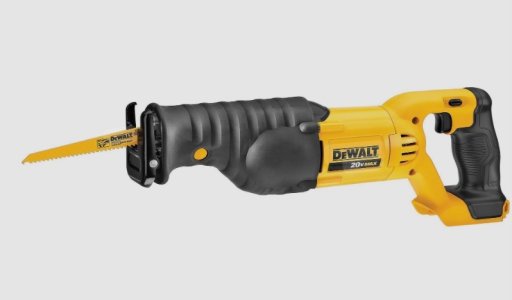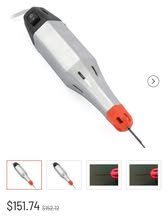-

Win a Free Custom Engraved Brass Coin!!!
As a way to introduce our brass coins to the community, we will raffle off a free coin during the month of August. Follow link ABOVE for instructions for entering.
You are using an out of date browser. It may not display this or other websites correctly.
You should upgrade or use an alternative browser.
You should upgrade or use an alternative browser.
A recip saw would make a very rough cut and not much use I would imagine. A recip saw is for cutting something in place and thankfully we don't need to do that often. That's my opinion and it may not agree with upper management. 

gun ports comes to mind. The saw wold have a speed to match it's size, that is to say not very fast. https://micromark.com/collections/cutting/products/no-15-blades-pkg-of-5
- Joined
- Mar 22, 2024
- Messages
- 396
- Points
- 168

I bought one of these - works ok, but not a precision tool.
- Joined
- Jun 29, 2024
- Messages
- 1,429
- Points
- 393

MicroMark? I believe that they at least used to sell a reciprocating saw marketed to gourd carvers.
Building Pennsylvania you have a lot of gunports to saw!
Roger
Building Pennsylvania you have a lot of gunports to saw!
Roger
Proxxon saw above would be of no use for me in my modelling work.
I prefer the small two wheel desktop band saw for all my timber cutting needs. So very versatile, and the cuts are smooth. You can cut tiny parts carefully or rip your own planking strips accurately as long as you have a fence that is so tight to the table that wood veneer cannot get under it.
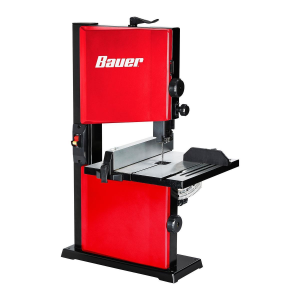
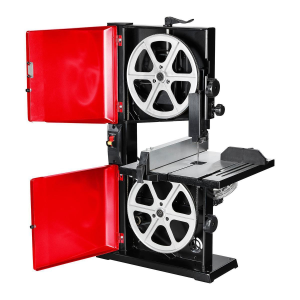
Example of small parts cutting on a cheap Chinese bandsaw: A wooden fence clamped to the table with a piece of wood glued to it as a depth stop. The steps in mass produced cannon carriages were cut in 1:100 scale after milling a channel in a long piece of oak. As you may know, this is delicate work because oak wood has such a large grain that it cracks easily when this thin. A sharp bandsaw blade made easy work of 35 carriages. I didn't loose any fingertips doing this. The blade is 1/8" deep.
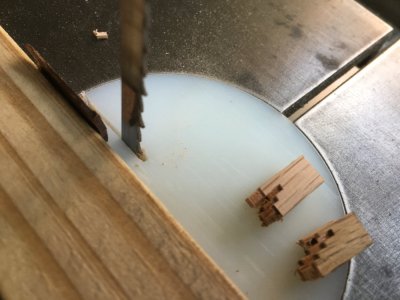
End result:
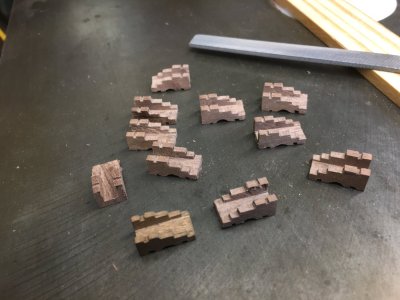


Example of small parts cutting on a cheap Chinese bandsaw: A wooden fence clamped to the table with a piece of wood glued to it as a depth stop. The steps in mass produced cannon carriages were cut in 1:100 scale after milling a channel in a long piece of oak. As you may know, this is delicate work because oak wood has such a large grain that it cracks easily when this thin. A sharp bandsaw blade made easy work of 35 carriages. I didn't loose any fingertips doing this. The blade is 1/8" deep.

End result:

Last edited:
- Joined
- Mar 22, 2024
- Messages
- 396
- Points
- 168

@threebs
The saw you linked to above has an interesting feature - twin blades, one doing the backstroke while another one cuts. I have seen this idea used in a circular saw, where it works very well (one blade clockwise, the other anti-clockwise) but never in a jigsaw. If you have one I would like to know how you find it in use.
The saw you linked to above has an interesting feature - twin blades, one doing the backstroke while another one cuts. I have seen this idea used in a circular saw, where it works very well (one blade clockwise, the other anti-clockwise) but never in a jigsaw. If you have one I would like to know how you find it in use.

I do not own or have used one myself, but, here is a demo of it on You Tube. www.youtube.com/wkkatch?v=0NphqLKpJds
Last edited:
Looks like a mini tool from MicroMark…check the websiteThreebs, do you have more info about the one above?
Micro mark sword saw. https://micromark.com/products/micro-make-microlux-sword-saw?keyword=Sword saw
Here is a valid YouTube demonstration. Probably can be useful in rough ports cutting.


